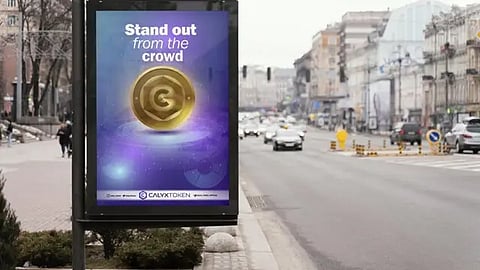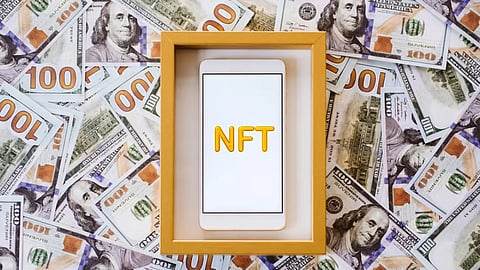Recently, data shared by Glassnode, a Blockchain data company, has revealed that a total of 13 million ETH, or 10.9 per cent of the total supply, has been put in the 2.0 contract. Lido controlled 4.13 million ETH of this or more than 31.8 per cent of the entire investment, and Coinbase, Kraken, and Binance held nearly 3.5 million ETH together, or about 27 per cent of the total position, according to various media reports.
An Introduction To Real World Use Cases Of Ethereum
Ethereum can be used in Defi, payments, storing data, initial coin offerings and NFTs.
What Is Ethereum?
At its heart, Ethereum is a Blockchain-based decentralised global software platform. It is well-known for Ether, often known as ETH, which is its native cryptocurrency. Anyone can use Ethereum to develop any secure digital technology. There is a token built into it specifically for usage on the Blockchain network, but users can also use it to pay for tasks done on the Blockchain.
Five Real World Use Cases of Ethereum
Here are the five real world use case of Ethereum
Decentralised finance (DeFi): Decentralised finance applications, sometimes known as “DeFi”, are among the most potential real-world uses for Ethereum.

This includes loans supported by smart contracts, Stablecoin production, and decentralised exchanges. One project that stands out in this group is “MakerDAO”, which makes use of complex Ethereum smart contracts to enable the development of a Stablecoin (DAI) that is backed by Ether and has a fixed value of $1.
In payments: The basis of the global economy is commerce... and Ethereum can fundamentally alter that to a large extent, whereby so-called “smart contracts” can be created on Ethereum. These will allow for the entirely risk-free exchange of anything of value. The transaction is recorded on a computer code rather than on a traditional paper contract.
So assume that you get into a deal with the photographer to purchase the image directly, as opposed to purchasing it through a website like Shutterstock, then “If This Then That” (IFTTT) logic that is deeply ingrained in Ethereum’s structure will allow you to do this. For instance, the picture will be downloaded if the buyer deposits the money in an escrow account.
Storing data: Large amounts of data are kept in so-called server farms by businesses, such as Dropbox and Microsoft. An information storage facility with hundreds of servers is known as a server farm. The issue with server farms is that they concentrate a significant portion of a company’s storage capacity in one place. Therefore, if it is destroyed by a natural disaster or a terrorist assault, the corporation could sustain significant damages.
The solution is a decentralised storage facility. In that case, the information is not stored in a couple of server farms in the US, but in hundreds (or even thousands!) of data centres all around the world. Until now, this has not been possible because it is a big technological challenge to build a network that connects all those servers safely and enables a fast data transfer.
Ethereum is extremely likely to be the solution to this issue, though, as its Blockchain technology can be used to quickly and securely transport data between millions of servers while encrypting it.
Through initial coin offerings (ICOs): Initial Coin Offerings (ICOs), also known as token sales or ICOs, are a means of raising capital used by early-stage start-ups to create “tokens”, and sell them for Ether. People buy these tokens with the intention of using them in the application the start-up is developing. However, occasionally they are also bought merely for investment considerations.
Bancor, one of the biggest Ethereum ICOs, raised $153 million by selling its BNT token to the general public in just three hours.

Non-fungible tokens (NFTs): NFTs are tokens that can be affixed to one-of-a-kind products; they cannot be exchanged for any other kind of item. They enable the monetary valuation of works of art, music, and other media. They can only have one owner at a time, and they are protected by the Ethereum Blockchain. A new NFT cannot be created by copying and pasting an existing one, and no two NFTs can be identical. They work with everything created on the Ethereum platform. The proprietors of NFTs have access to the worldwide market and can sell their products anywhere.